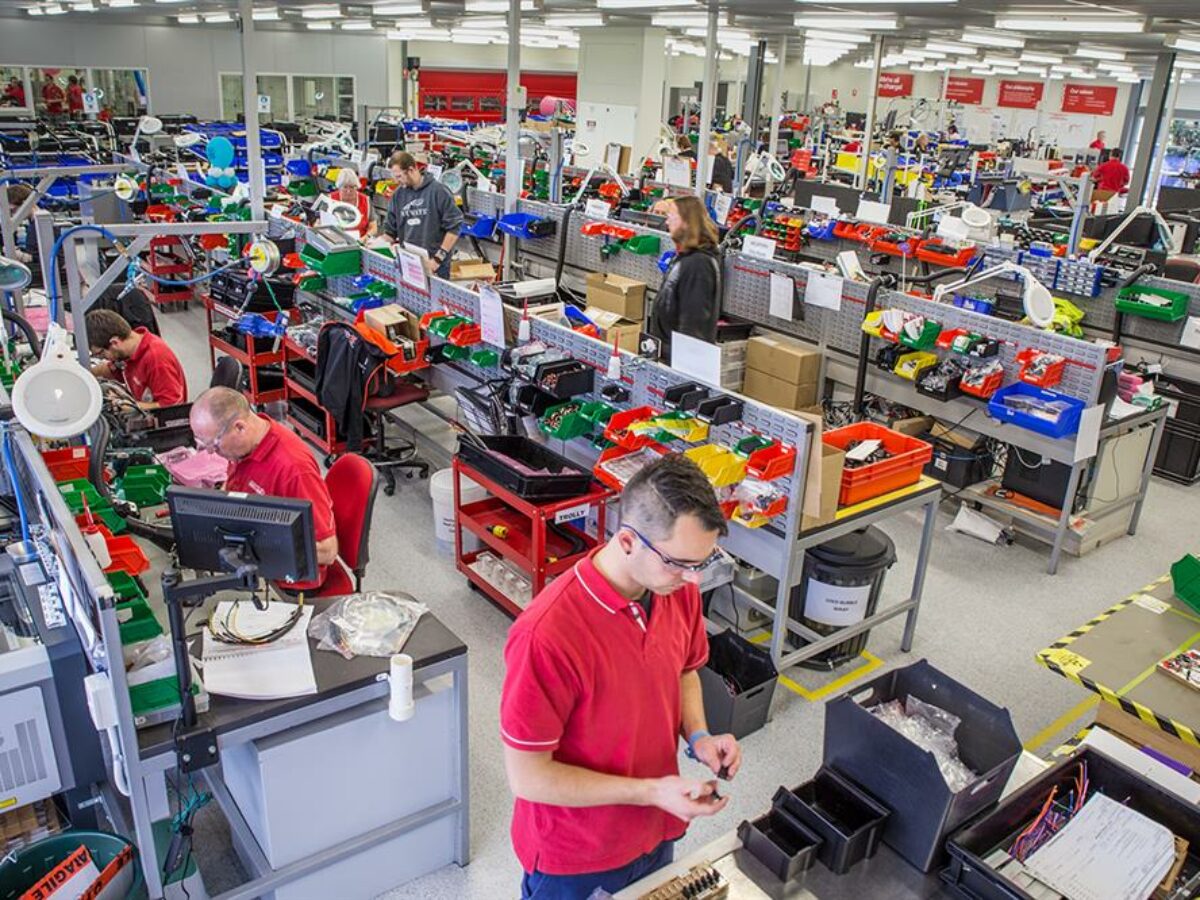From one economist to another: Manufacturing needs to be understood, not saved

By Dr Jens Goennemann, Managing Director, Advanced Manufacturing Growth Centre
The assertion by The Australian newspaper for it to be ‘too late to save manufacturing’ is grounded in a lack of understanding. First, in what is manufacturing. Second, in how it is measured, and third in how it has evolved.
Manufacturing is not a sector. It is a capability. Manufacturing cuts across other sectors, and is often confused with production. However, manufacturing involves seven steps along its manufacturing value chain: Research and Development (R&D), design, logistics, production, distribution, sales and services.
The six most valuable steps of the value chain take place before and after production and they contribute to the creation of highly-skilled, highly paid, resilient and diverse jobs. They are difficult to measure and are not part of the Australian Bureau of Statistics (ABS) calculation towards manufacturing employment.
By recognising the broad, and the most relevant for Australia, value chain, our manufacturing industry employs about 10 per cent of the local workforce. This represents over 1.2 million people as opposed to the often-quoted and frankly outdated ABS figure of ~850,000 (or 7 per cent). In short, the assertion of Australia’s manufacturing industry’s size and its decline is plain wrong.
By continuously talking down our manufacturing industry without understanding it properly, means that our country will miss a significant opportunity to continue to grow a resilient, globally competitive, and vibrant onshore capability which will be the single most promising capability to transform the lucky country into a smart one.
Manufacturing in Australia is about being better not cheaper, seeking to add value, and allowing our highly innovative and skilled manufacturers to scale, taking their products global.
We should not fall into the trap of thinking we must make everything onshore; we should concentrate on areas where we do very well and do more of that. Far from picking winners, this strategy is about boosting competitiveness in areas in which we have already won and then taking them to the world.
One manufacturing opportunity would be to take our abundant natural resources and move from ‘digging and shipping’ to ‘adding value’. This transformation is already underway with companies such as Energy Renaissance forging a new sovereign capability in Lithium-Ion battery manufacturing, with a view to serve 7.5 billion global customers, not just 25 million local ones.
Energy Renaissance is addressing a global market which has signalled a move away from fossil fuels. It is here where Australia is in a prime position to lead the charge with renewable and green energy. Rather than lament the closure of an oil refinery, let us look at the opportunity to lead in the next big thing – renewables, underpinned by hydrogen.
Australia’s modern-day manufacturers are driven by designers, engineers, and researchers who are just as much ‘white collar’ as they are ‘blue collar’. Their jobs involve space applications, biotech, robotics, AI, and alike. The difference is that today a career path in manufacturing means the previous production ‘line worker’ is still employed and is now a robotics or logistics expert, as much as they are a manufacturing employee – see REDARC for a most recent example. The uptake of such roles by all genders is promising, and you can witness this happening all over Australia, but not behind a desk of those who don’t seek to understand.
Picture: Redarc Electronics
This article originally appeared in Jens Goennemann’s Linkedin page. It has been reproduced with permission.
Subscribe to our free @AuManufacturing newsletter here.
Topics Analysis and Commentary
@aumanufacturing Sections
Analysis and Commentary Awards Defence Manufacturing News Podcast Technology Videos






